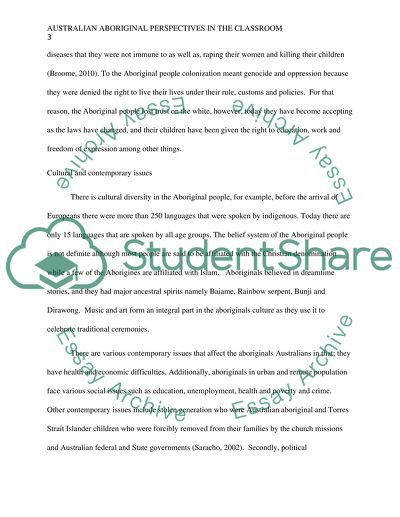Cite this document
(“Australian aboriginal perspectives in the classroom Assignment”, n.d.)
Australian aboriginal perspectives in the classroom Assignment. Retrieved from https://studentshare.org/education/1657810-australian-aboriginal-perspectives-in-the-classroom
Australian aboriginal perspectives in the classroom Assignment. Retrieved from https://studentshare.org/education/1657810-australian-aboriginal-perspectives-in-the-classroom
(Australian Aboriginal Perspectives in the Classroom Assignment)
Australian Aboriginal Perspectives in the Classroom Assignment. https://studentshare.org/education/1657810-australian-aboriginal-perspectives-in-the-classroom.
Australian Aboriginal Perspectives in the Classroom Assignment. https://studentshare.org/education/1657810-australian-aboriginal-perspectives-in-the-classroom.
“Australian Aboriginal Perspectives in the Classroom Assignment”, n.d. https://studentshare.org/education/1657810-australian-aboriginal-perspectives-in-the-classroom.


